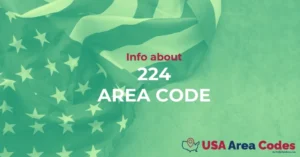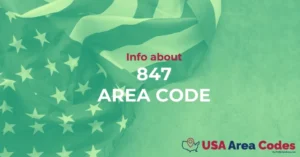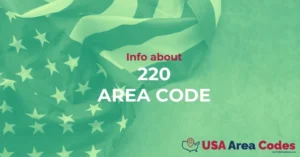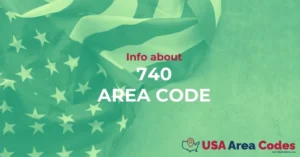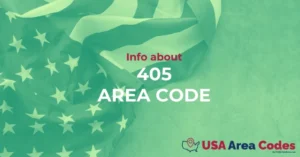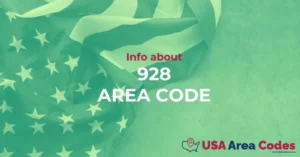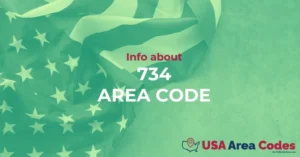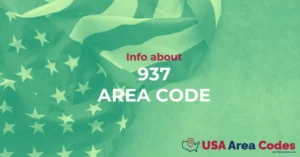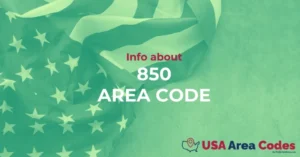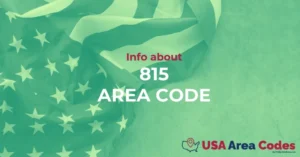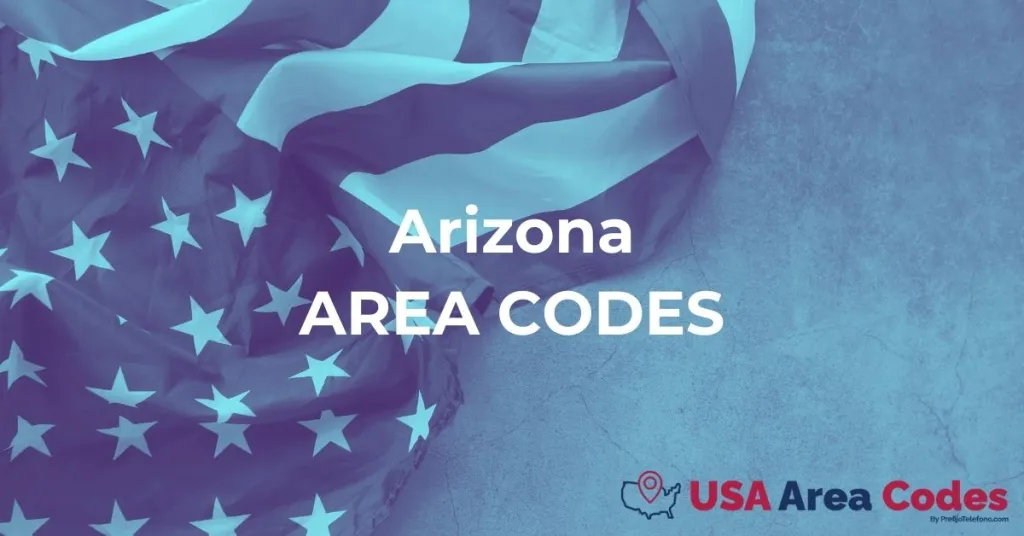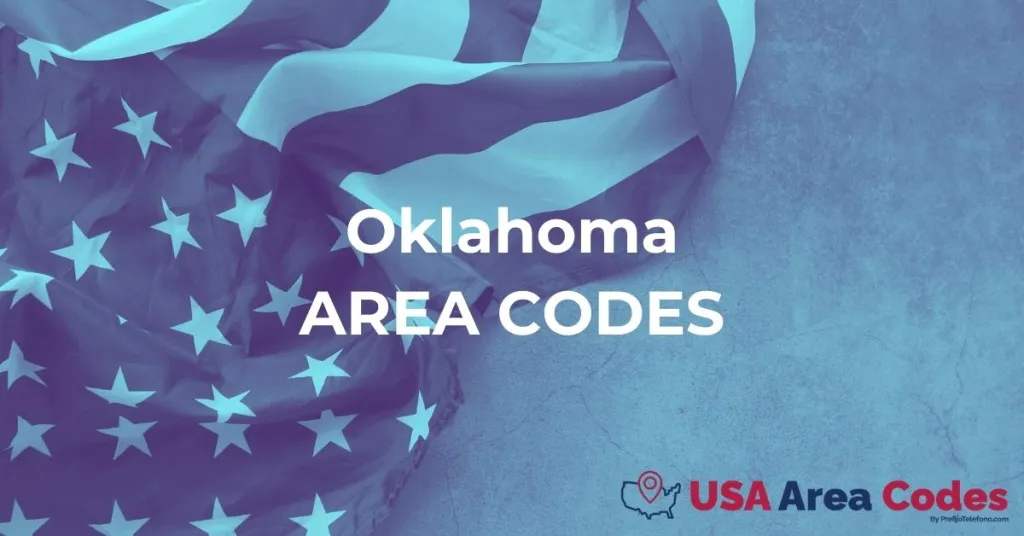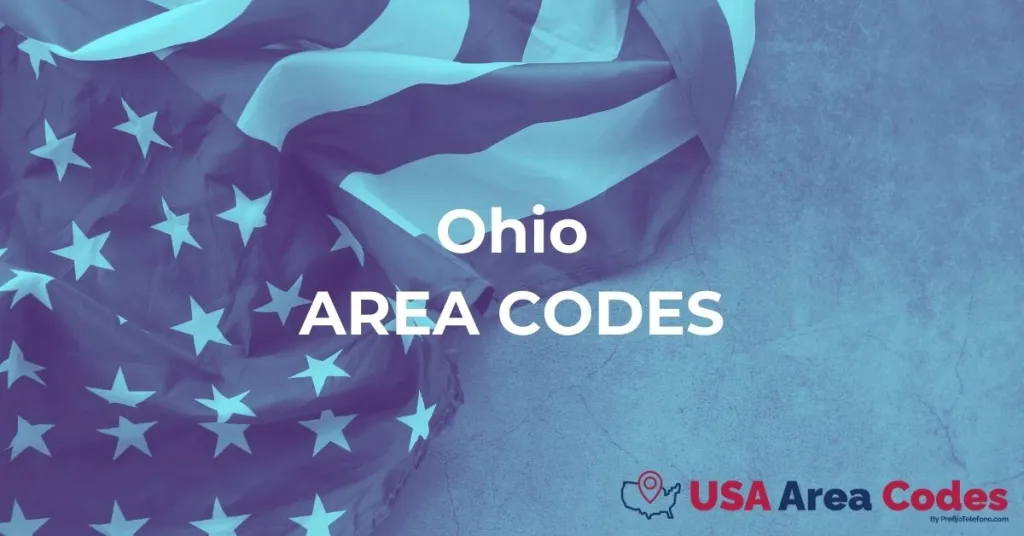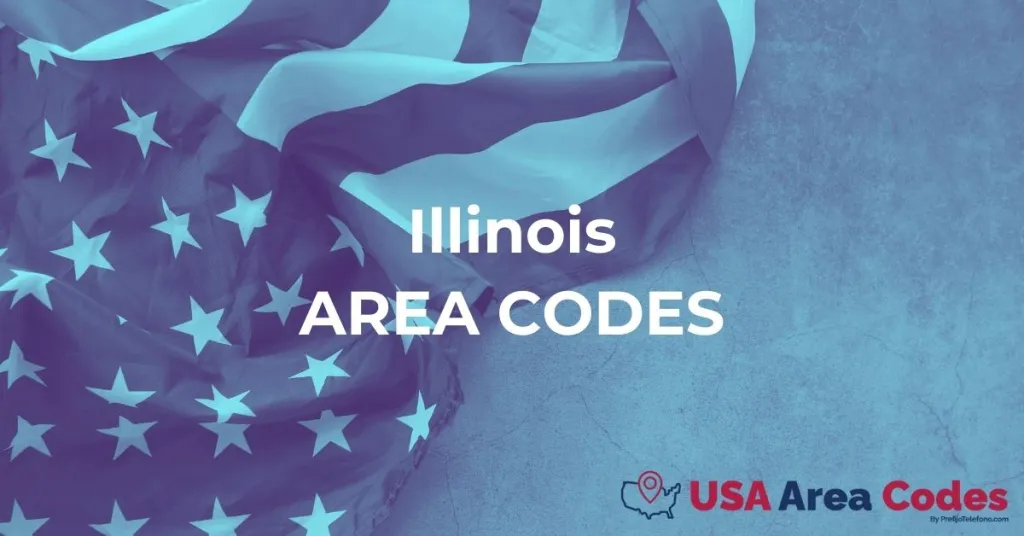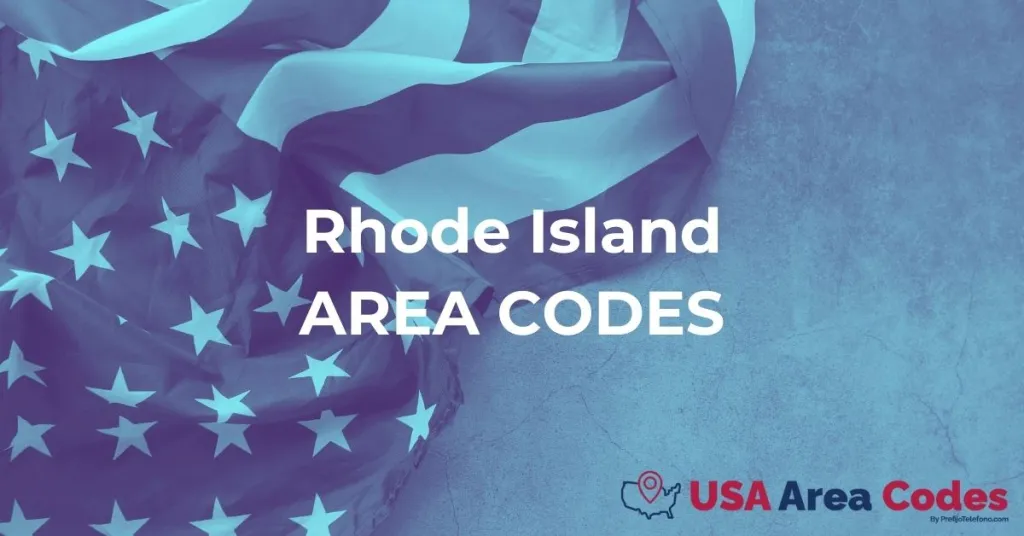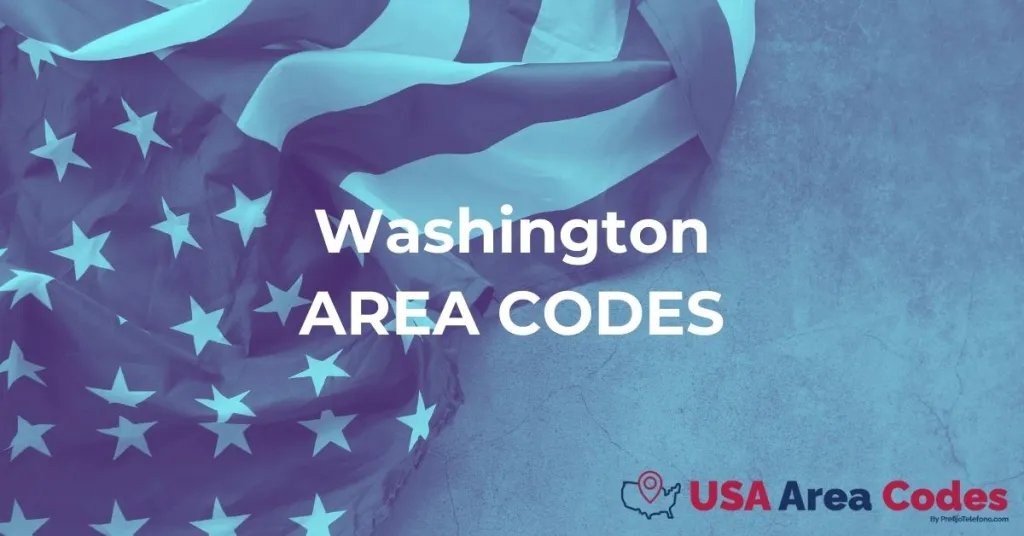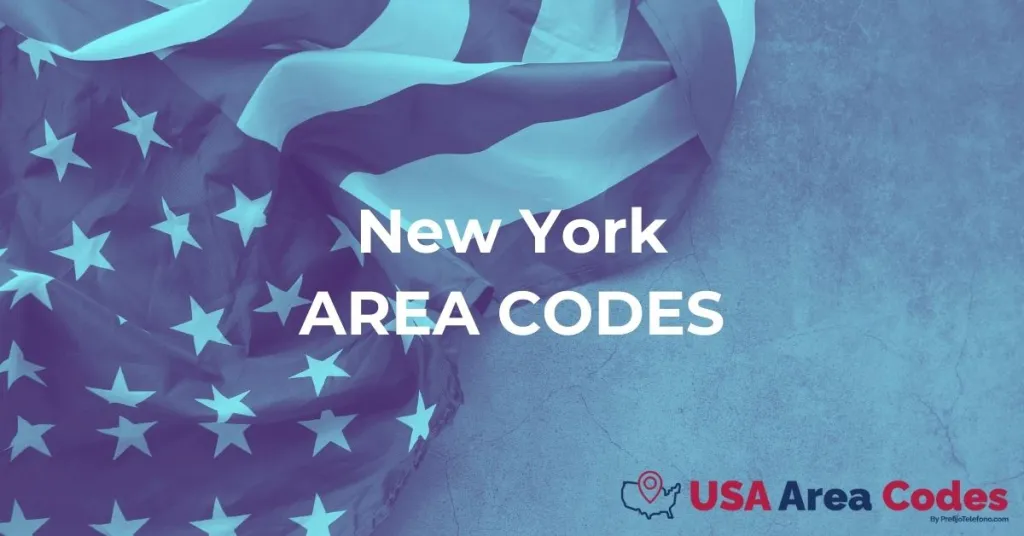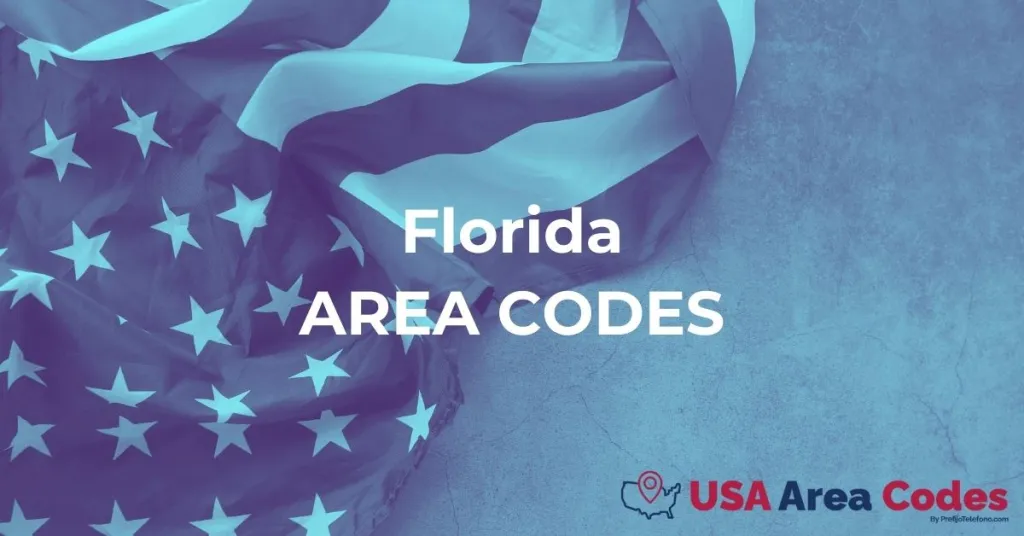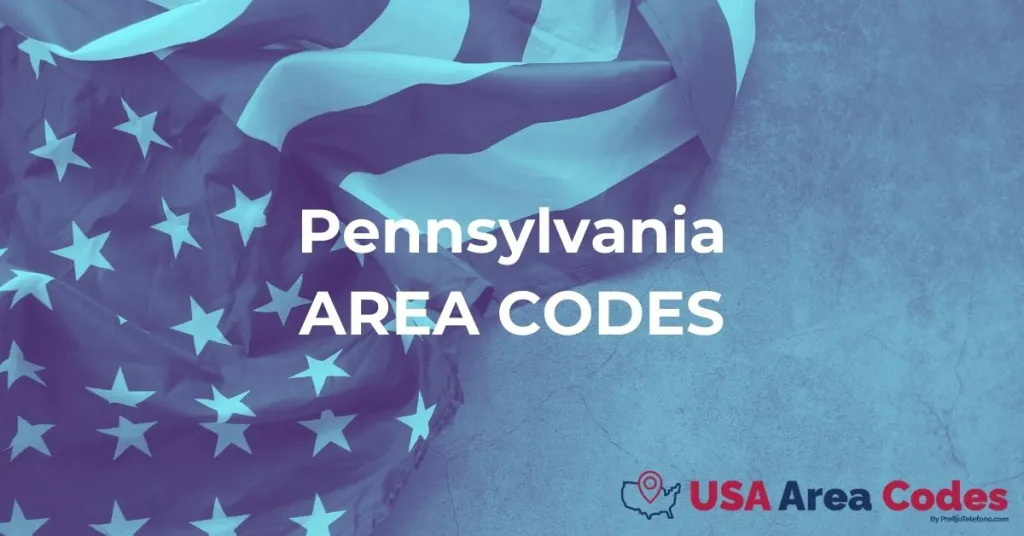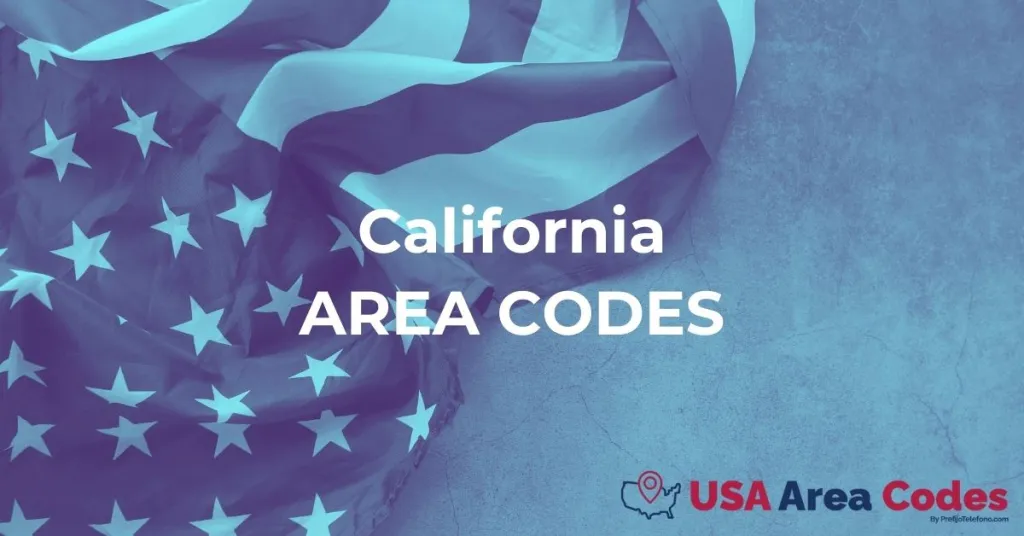Utah utilizes several area codes to facilitate telecommunications across its diverse regions. The state was initially assigned area code 801 in 1947, which encompassed the entire state. As Utah's population grew—currently estimated at over 3.3 million—area code 801 became overwhelmed, leading to the introduction of area code 385 in 2006. Both area codes serve the Wasatch Front region, which includes Salt Lake City, the state capital, and its adjacent metropolitan areas.
Geographically, Utah has a unique mix of urban centers and rural areas, which is reflected in its area code distribution. The majority of the population resides in the northern part of the state, particularly along the Wasatch Range. Area code 801 primarily covers this densely populated region, while area code 385 serves as an overlay, ensuring adequate numbering resources to meet the needs of residents and businesses.
Furthermore, the southern part of Utah is managed under area codes 435 and, more recently, 801 extending to areas experiencing growth. This arrangement underscores the state's ongoing demographic changes, driven by factors such as economic opportunities and outdoor recreational activities that attract new residents.
The telecommunications landscape in Utah has adapted to these changes, incorporating advancements such as mobile technology and Voice over Internet Protocol (VoIP) services, which facilitate communication across area code boundaries. The management of area codes in Utah illustrates a coordinated response to the complexities of modern telecommunications while reflecting the state’s growth and regional characteristics.

